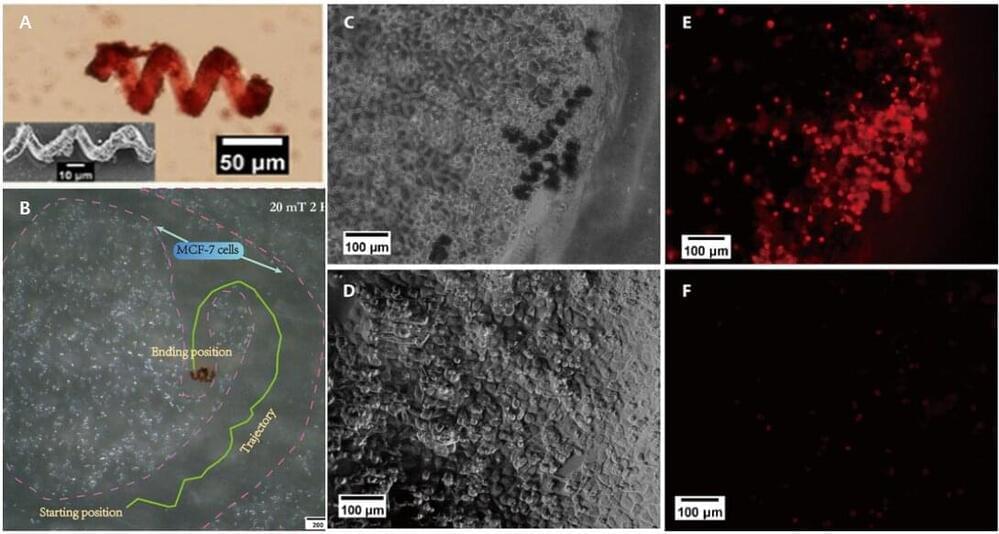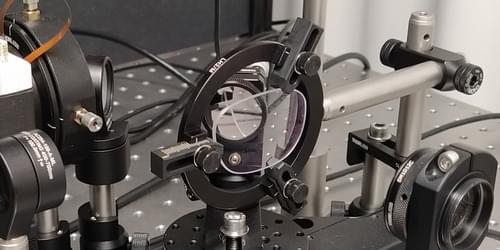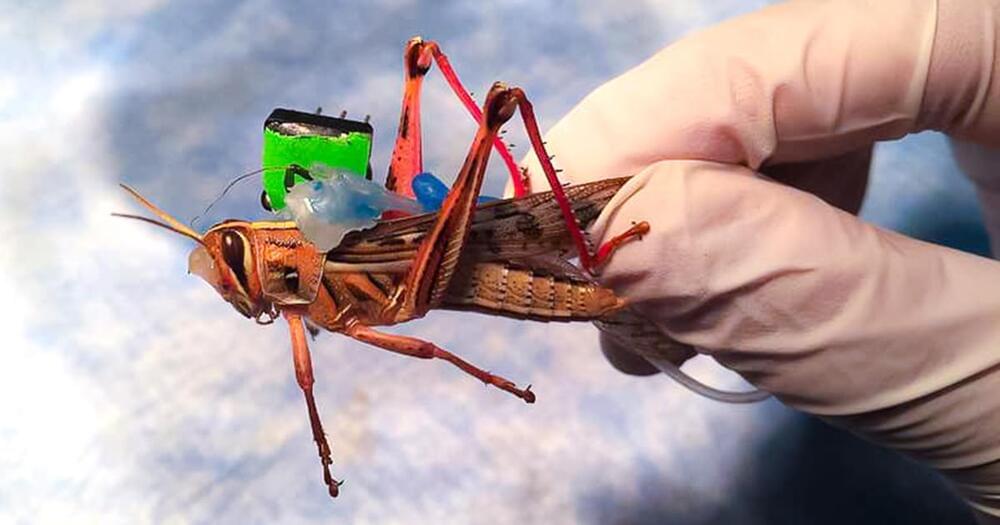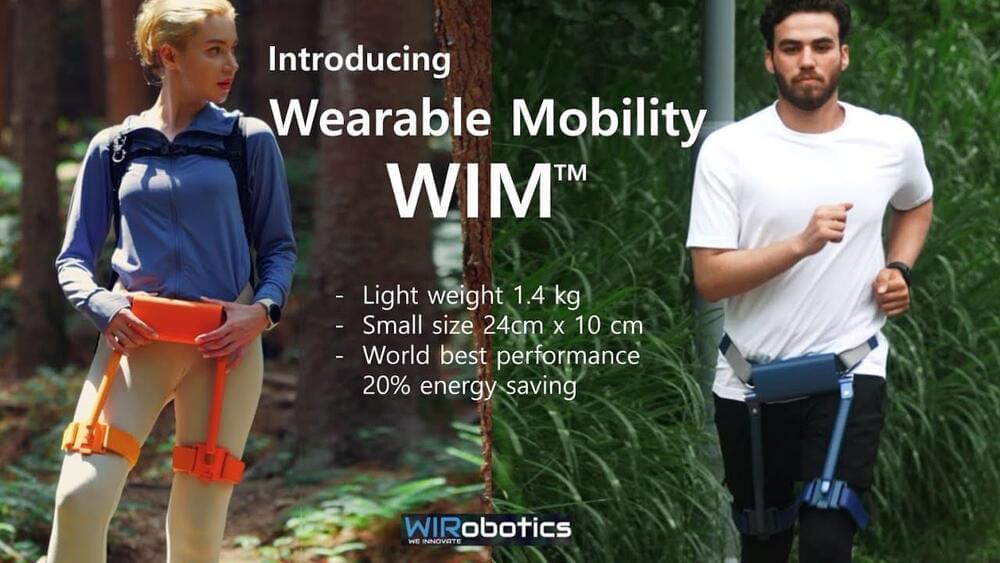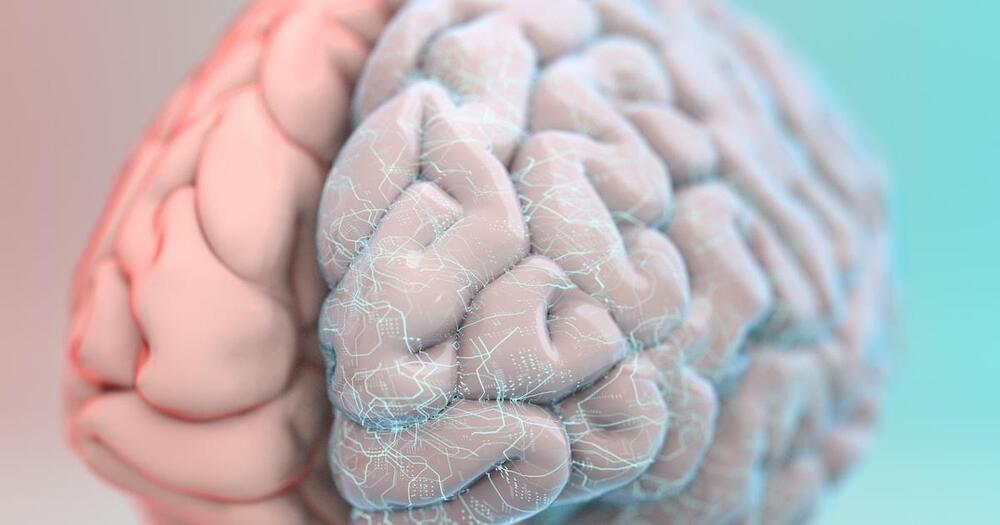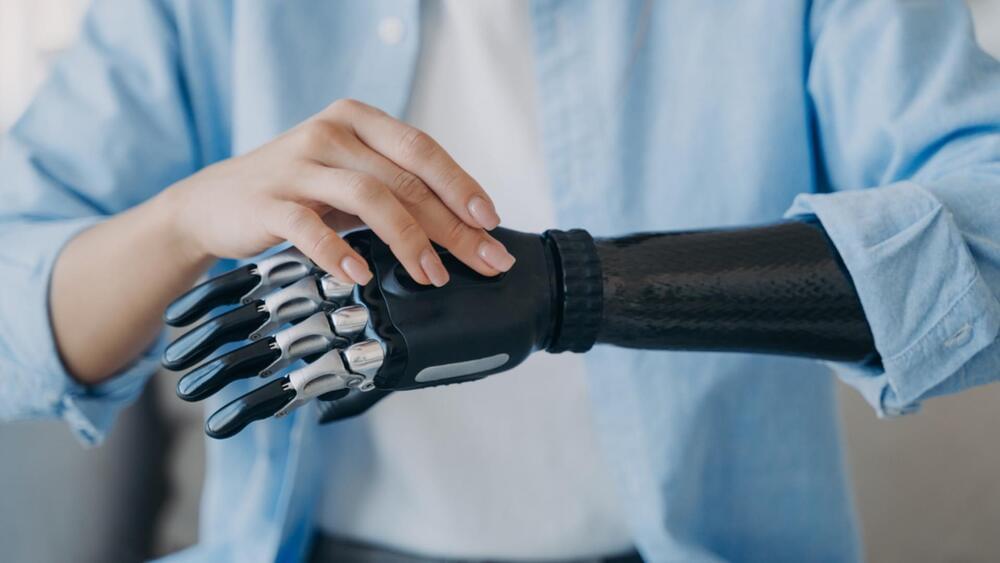Jun 10, 2023
Team develops magnetic microrobots with folate to promote targeted drug delivery to cancer cells
Posted by Dan Breeden in categories: bioengineering, biotech/medical, cyborgs, transhumanism
The limited ability of microrobots to assist drugs in entering cells hinders their therapeutic efficacy. To address this, a research team, reporting in Cyborg and Bionic Systems, has introduced the cancer-targeting molecule folic acid (FA) to microrobots to promote drug uptake by cancer cells via receptor-ligand-mediated endocytosis. This results in a drug delivery system that can locate lesion areas with magnetic fields and deliver loaded drugs into the cytoplasm through endocytosis.
Untethered microrobots have shown remarkable achievements in various fields such as minimally invasive surgery, drug delivery, environmental remediation, and tissue engineering. Magnetic field actuation is a widely used method due to its good biosafety, deeper tissue penetration, and high temporal and spatial control.
However, practical problems arise when microrobots delivering drugs may only be able to deliver the drugs to the area around the cells but cannot assist the drugs to enter the cells. This limitation could potentially reduce the effectiveness of the treatment since the drugs may not reach the intended targets within the cells.
